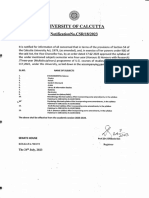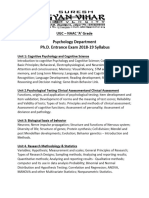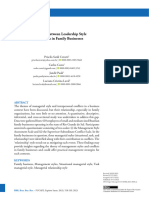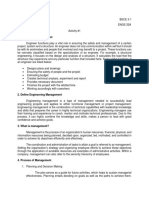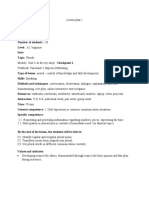0% found this document useful (0 votes)
189 views5 pagesCCF 4th Sem Hons
It's the Syllabus of Calcutta University semester 4 Psychology honours
Uploaded by
srestha0109Copyright
© © All Rights Reserved
We take content rights seriously. If you suspect this is your content, claim it here.
Available Formats
Download as PDF, TXT or read online on Scribd
0% found this document useful (0 votes)
189 views5 pagesCCF 4th Sem Hons
It's the Syllabus of Calcutta University semester 4 Psychology honours
Uploaded by
srestha0109Copyright
© © All Rights Reserved
We take content rights seriously. If you suspect this is your content, claim it here.
Available Formats
Download as PDF, TXT or read online on Scribd
/ 5

